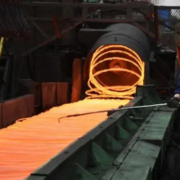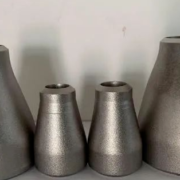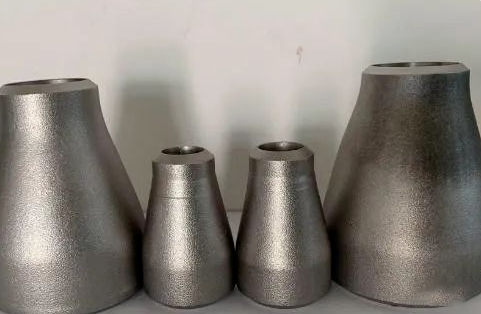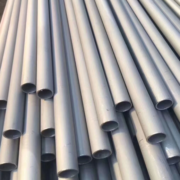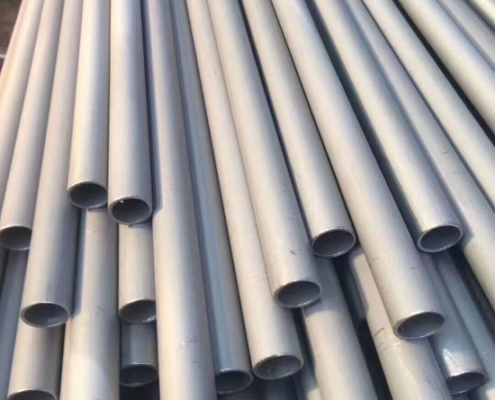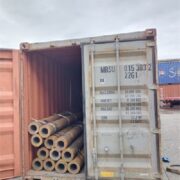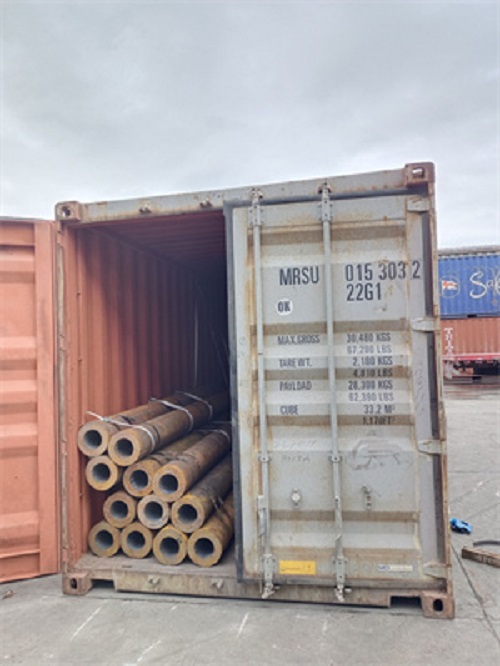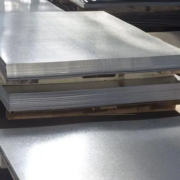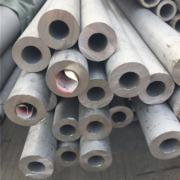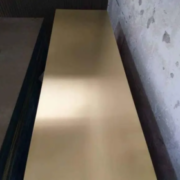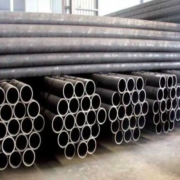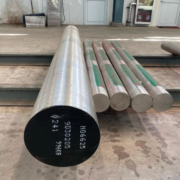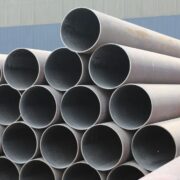Hastelloy c22 conductivity and titanium alloy which is better
Hastelloy C22 and titanium alloy are both high-quality metal materials, widely used in industry, aerospace, and other fields. So, which is better in terms of electrical conductivity, Hastelloy C22 or titanium alloy? The following will be a detailed comparison of their electrical conductivity.
First of all, it is important to understand that electrical conductivity is an important physical property of a material, which describes the ability of charge to be transferred within the material, depending on factors such as the structure and chemical composition of the material, etc. Hastelloy C22 and titanium alloys are slightly different in terms of chemical composition, structure, etc., so their electrical conductivity will also be different.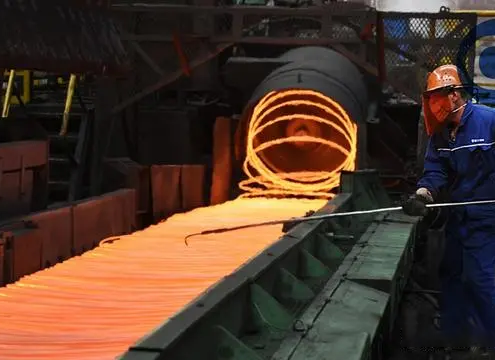
Hastelloy C22 is a nickel-based alloy consisting mainly of nickel, molybdenum, chromium, and iron, and has excellent corrosion resistance and high-temperature properties. Comparatively speaking, Hastelloy C22 is not as conductive as titanium alloys. This is because the composition of Hastelloy C22 contains some relatively high elements, such as molybdenum and chromium, which will have some influence on the electrical conductivity of the material.
Titanium alloy is a metal material with titanium as the main component, which has good corrosion resistance and high specific strength, among other characteristics. Compared with Hastelloy C22, titanium alloy has better electrical conductivity. This is because the titanium element in the titanium alloy has good electrical conductivity and the structure of the material is relatively simple and is not affected by other elements. Therefore, titanium alloys are more commonly used in some application scenarios that require high electrical conductivity, such as aerospace and electronic equipment.
It should be noted that Hastelloy C22 and titanium alloys have their own advantages and limitations in terms of applications. Hastelloy C22 has excellent corrosion resistance and high-temperature performance, and is widely used in some strong corrosive environments; while titanium alloys have good strength and toughness, and also have a wide range of application prospects in aerospace, medical devices, and other fields.
In summary, Hastelloy C22 and titanium alloys are slightly different in terms of electrical conductivity, with titanium alloys having better electrical conductivity. However, when selecting materials, other factors such as corrosion resistance and mechanical properties need to be taken into account to choose the most suitable material to ensure the stable operation of equipment and systems.

